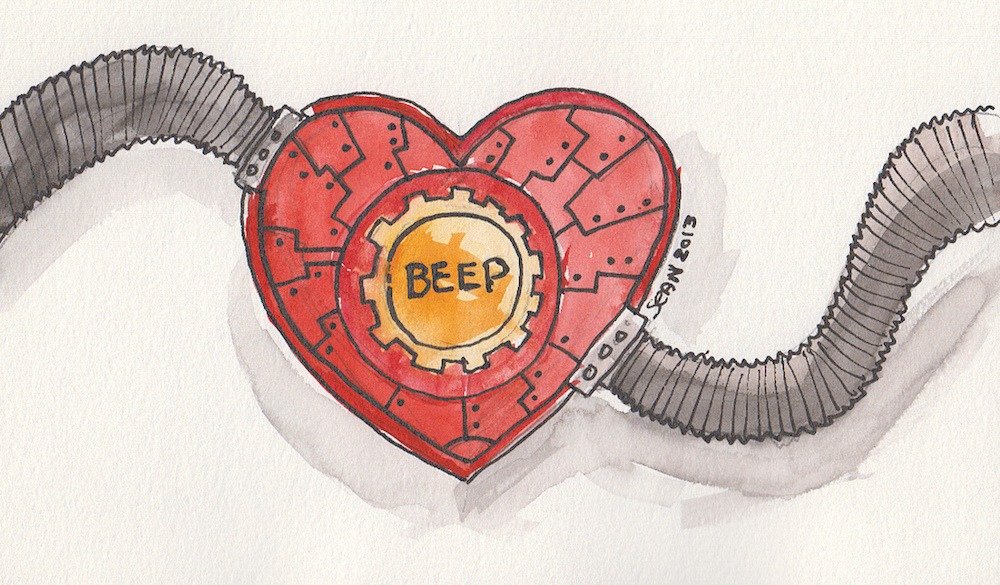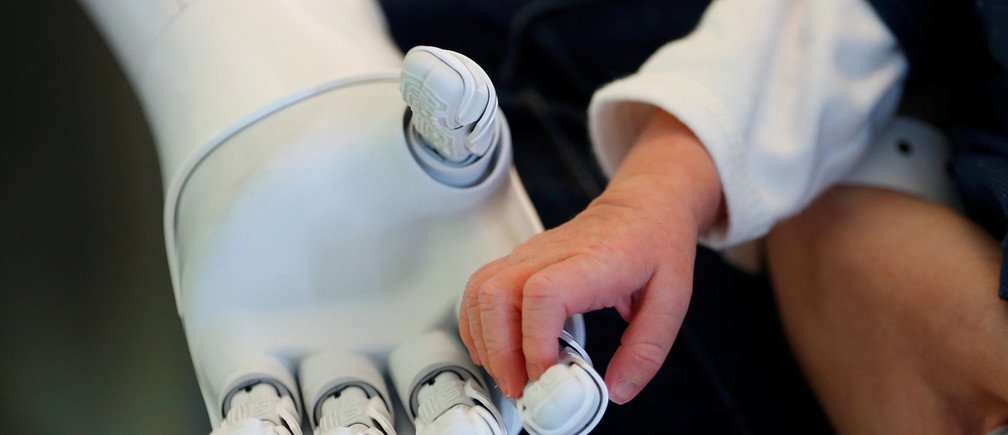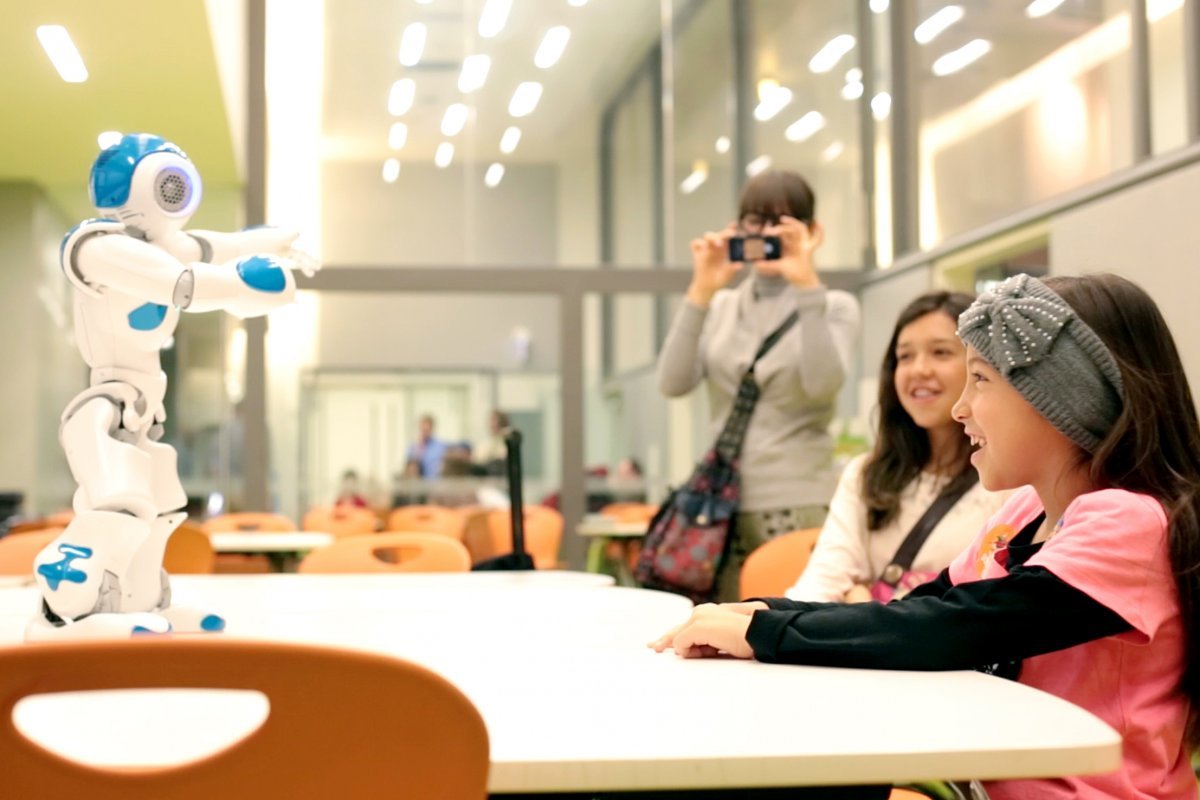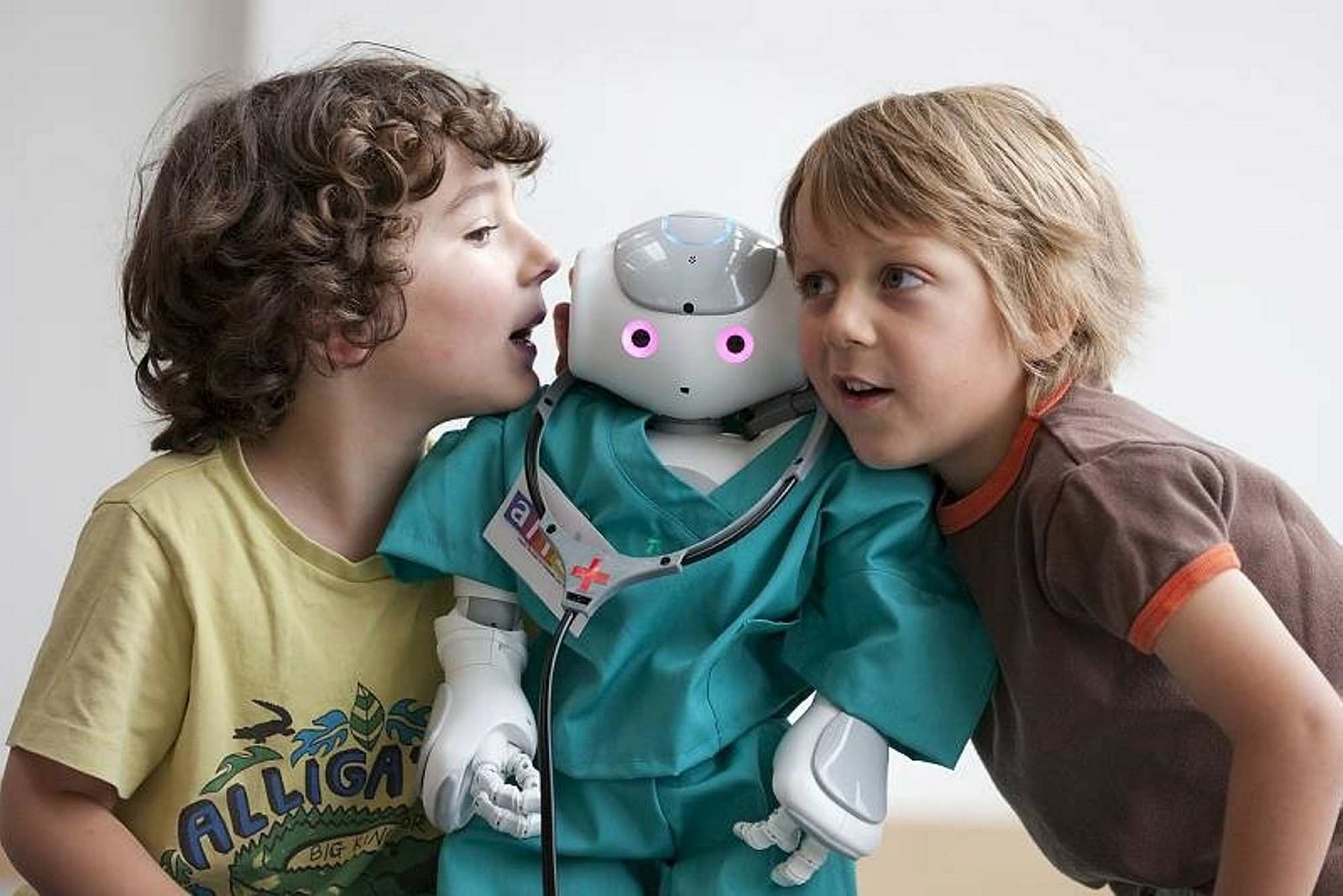
Robots Could Learn To Recognize Human Emotions
Robots could be taught to recognize human emotions from our movements, a new study shows.
Researchers found humans could recognize excitement, sadness, aggression, and boredom from the way people moved, even if they could not see their facial expressions or hear their voice.
Their findings suggest robots could learn to use the same movements, alongside facial expressions and tone of voice, to recognize human internal states.

It raises the prospect that robots, already used to teach second languages, could recognize when students are bored, and customer service robots could identify when people feel angry or stressed.
Dr. Charlotte Edmunds, of Warwick Business School, said: “One of the main goals in the field of human-robot interaction is to create machines that can recognize human emotions and respond accordingly.
“Our results suggest it is reasonable to expect a machine learning algorithm, and consequently a robot, to recognize a range of emotions and social interactions using movements, poses, and facial expressions. The potential applications are huge.”
The study was conducted by researchers from Warwick Business School, University of Plymouth, Donders Centre for Cognition at Radboud University in the Netherlands, and the Bristol Robotics Lab at the University of the West of England. It is published in the journal Frontiers in Robotics and AI.

The team of psychologists and computer scientists filmed pairs of children playing with a robot and a computer built into a table with a touchscreen top.
The videos were shown to 284 study participants, who were asked to decide whether the children were excited, bored, or sad. They were also asked if the children were co-operating, competing, or if one of the children had assumed a dominant role in the relationship.
Some participants watched the original videos. A second group saw the footage reduced to ‘stickman’ figures that showed exactly the same movements.
Members of both groups agreed on the same emotional label for the children, more often than would be expected if they were guessing.

The researchers then trained a machine-learning algorithm to label the clips, identifying the type of social interaction, the emotions on display, and the strength of each child’s internal state, allowing it to compare which child felt more sad or excited.
Dr. Edmunds says, “Robot delivery services are already being trialed, but people tend to attack or vandalize them, often because they feel threatened.”
Madeleine Bartlett, of the University of Plymouth, says, “It is important that a social robot can recognize human internal states, such as stress, and their strength or severity. “Different levels of stress require different responses. Low-level stress might just require the robot to back away from the human, while a high level of stress might be best addressed by having the robot apologize and leave the interaction,” adds Bartlett.







